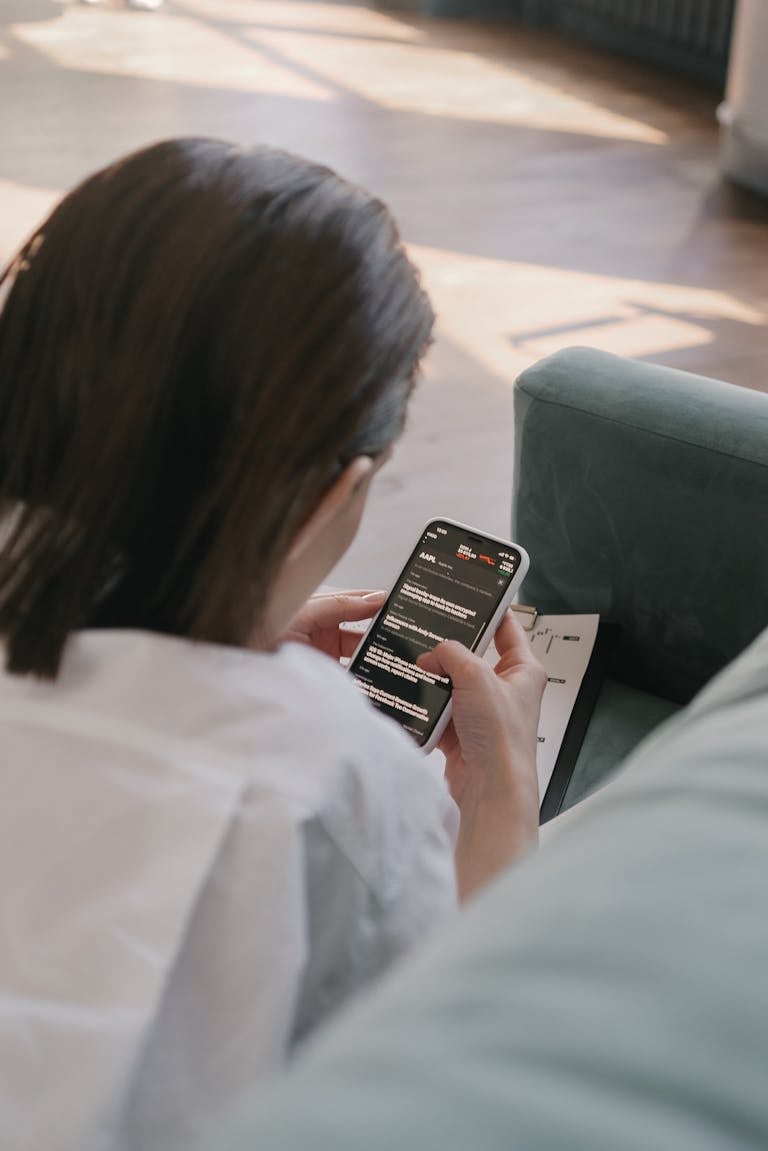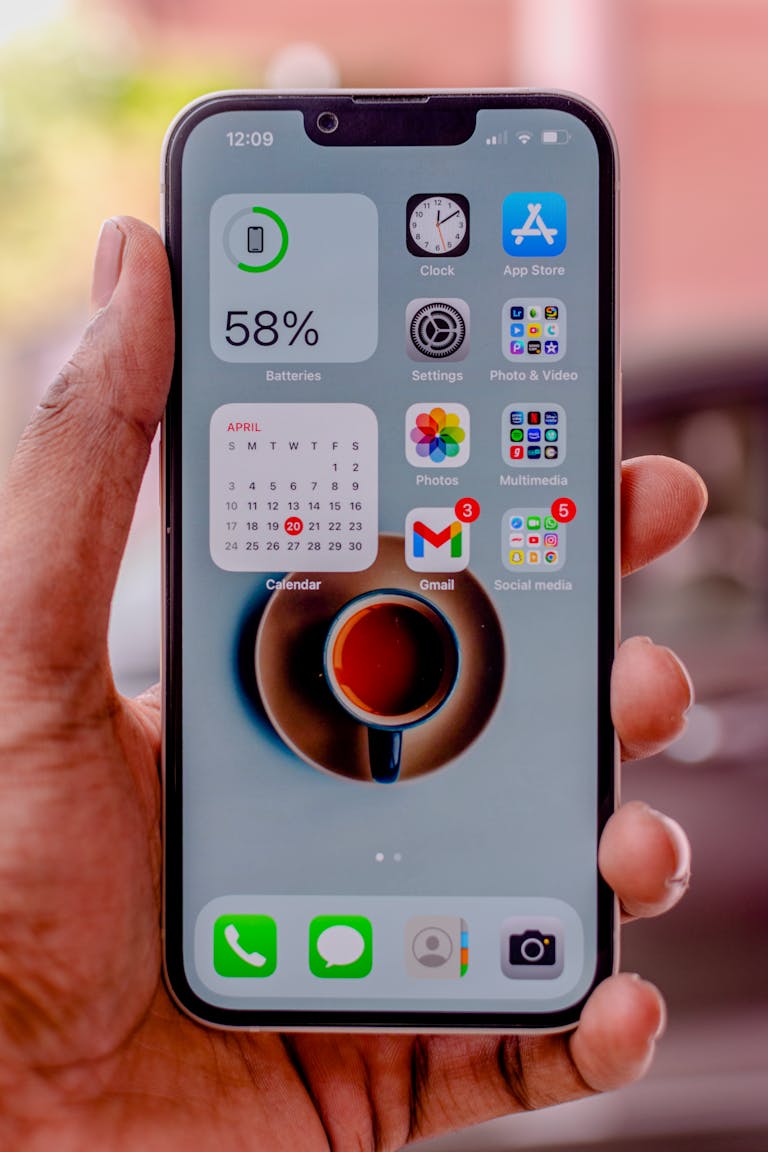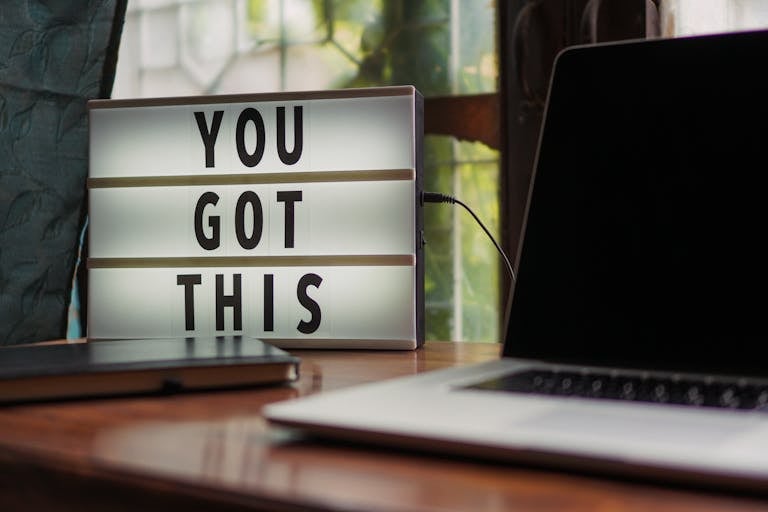In the digital age, technology has become indispensable to our daily lives. While it brings numerous benefits, it also poses a significant challenge: digital burnout. Constant exposure to screens, constant notifications, and an ever-increasing need to be available online can quickly lead to exhaustion, stress, and feelings of being overwhelmed.
Digital burnout can impact not only your productivity but also your mental and emotional health. In this article, we’ll discuss practical strategies to help you avoid digital burnout and maintain a healthy balance between your online and offline life.

What is Digital Burnout?
Digital burnout occurs when prolonged exposure to digital devices and excessive screen time leads to feelings of fatigue, frustration, and detachment. It’s more than just a temporary feeling of being overwhelmed—digital burnout can have long-term consequences for your mental and physical health.
The symptoms of digital burnout often include:
- Fatigue: Feeling drained or exhausted, even after a full night’s sleep.
- Anxiety: Constantly worrying about staying on top of emails, social media, or work-related tasks.
- Irritability: Becoming easily frustrated, often due to digital interruptions or overload.
- Detachment: A sense of disconnection from real-world relationships or activities.
If left unaddressed, digital burnout can lead to long-term stress, depression, and even physical health problems such as headaches or eye strain.
Why Digital Burnout Happens
There are several factors contributing to digital burnout:
1. Information Overload
The constant flow of information from emails, social media, news, and work-related apps can overwhelm the mind, leaving little space for relaxation or focus on important tasks.
2. Lack of Boundaries
Without clear boundaries between work and personal life, digital devices often bleed into time that should be reserved for relaxation or self-care. The constant need to be available online, even during non-work hours, can exacerbate stress and anxiety.
3. Social Media Pressure
Social media platforms can create unrealistic expectations and a feeling of being “always on.” The pressure to stay connected, respond quickly, or compare yourself to others can lead to stress and burnout.
4. Constant Connectivity
The expectation of constant availability, whether it’s responding to emails, participating in video calls, or engaging on social media, can leave little room for rest. This constant connectivity can leave you feeling mentally drained and disconnected from the present moment.
Strategies to Avoid Digital Burnout
The good news is that digital burnout is preventable. By taking proactive steps to manage your tech use, you can reduce the negative effects of constant screen time. Here are some practical strategies to avoid digital burnout:
1. Set Clear Boundaries for Work and Personal Time
One of the most important steps to avoiding digital burnout is creating boundaries between work and personal life. Set specific hours during which you will check emails or work-related tasks, and avoid checking your phone or computer outside of those times. Use features like “Do Not Disturb” or app-specific notifications to mute alerts during off-hours.
2. Schedule Digital Detox Days
Taking regular breaks from screens is essential to avoid burnout. Schedule digital detox days or weekends where you disconnect from all devices, including social media, email, and work-related apps. Use this time to relax, enjoy outdoor activities, or spend quality time with family and friends.
3. Practice Mindfulness and Meditation
Mindfulness and meditation are excellent tools for reducing stress and managing digital burnout. By practicing mindfulness, you can train your mind to focus on the present moment and limit the distractions that come from constant digital inputs. Apps like Headspace or Calm offer guided meditation sessions specifically designed for reducing stress caused by digital overload.
4. Limit Social Media Usage
Social media can be a major source of digital burnout. To avoid feeling overwhelmed, set daily limits on your social media use. Use app features or third-party apps to track how much time you spend on social platforms and limit usage to a certain amount per day. Consider taking breaks from social media entirely for a week to recharge and focus on real-life connections.
5. Establish Tech-Free Zones
Create tech-free zones in your home or office, where you can completely disconnect from screens. For example, designate the dining room or bedroom as a space for relaxation and quality time with loved ones. This helps prevent the blurring of lines between work and personal life and encourages you to be fully present in the moment.
6. Manage Your Notifications
Constant notifications can easily overwhelm your mind and contribute to digital burnout. Turn off non-essential notifications and customize your settings so that only important messages or alerts come through. For example, you may want to keep notifications for texts, work emails, or calls but mute notifications for social media or game apps.
7. Take Frequent Screen Breaks
When working or using screens for extended periods, take regular breaks. Follow the 20-20-20 rule: every 20 minutes, look at something 20 feet away for 20 seconds to give your eyes a rest. Stand up, stretch, or walk around to prevent physical strain and mental fatigue.
Q: How do I know if I’m experiencing digital burnout?
A: Symptoms of digital burnout include feeling constantly drained, anxious, irritated, or disconnected from real-world activities and relationships. If you notice these signs, it’s important to take steps to manage your screen time and create healthier digital habits.
Q: Can digital burnout be prevented?
A: Yes, by setting boundaries for screen use, taking regular breaks, practicing mindfulness, and disconnecting from digital devices, you can effectively prevent digital burnout and maintain your mental well-being.
Don’t Let Digital Burnout Take Over Your Life!
Take action today by implementing these strategies to avoid burnout. Create boundaries, practice mindfulness, and prioritize self-care to keep your digital world in balance with your personal well-being.

I’m EKBAL HOSSAIN MONDAL, the creator of SmartSolveTips.com — a blog dedicated to helping people improve productivity, avoid digital burnout, and live better online. With years of hands-on experience in self-development and digital wellness, I write practical tips and tools to help you stay focused and thrive in a fast-paced digital world.






